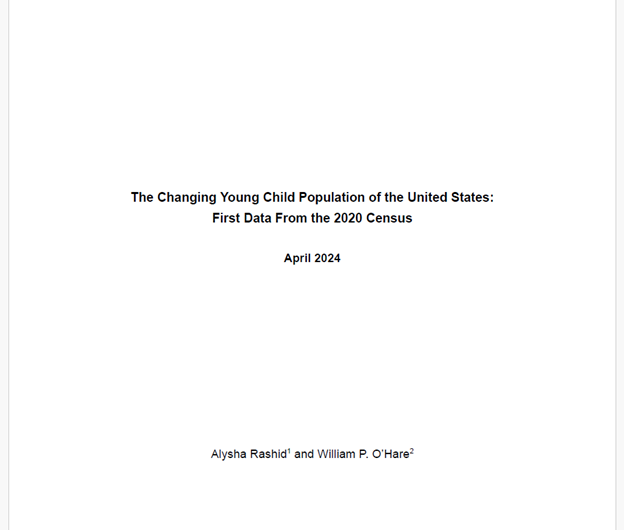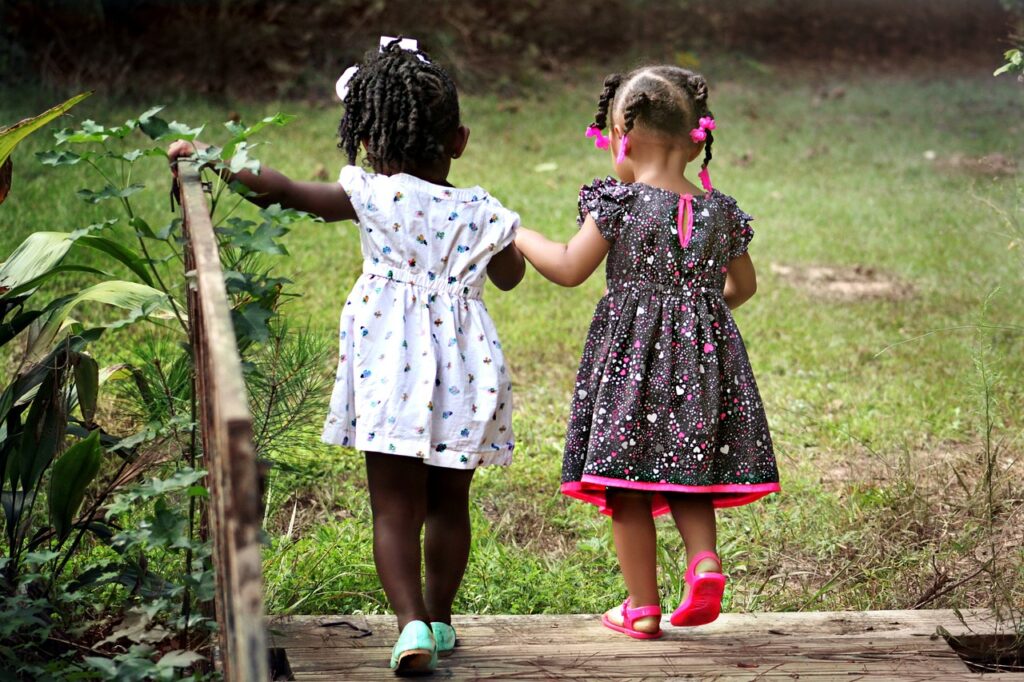This study seeks to provide foundational research on the demographics of young
children in the U.S. The population total of young children has trended downwards over the past few decades, but within it, there has been a vast increase in racial and ethnic diversity.
This study shows a demographic future that will be quite different from the past.
Children under age 5 are more diverse racially and ethnically than any other age group. The 2020 Census shows that 53 percent of the population under age 5 are children of color. This is particularly relevant given the announcement of new race and ethnicity standards by the U.S. Office of Management and Budget last week (April 2024). These new standards are the first step in helping us get more detailed and more accurate population data. At the same time, this study reminds us that as we continue to diversify as a nation, we will have to be mindful of how we collect and report these data to truly capture our evolving population.
We hope readers will find this report useful in thinking about how to make policy
decisions related to young children that will support our country’s future success.









Count All Kids Steering Committee Response to Updated Standards for Race and Ethnicity Data Collection
Statement from the Count All Kids Steering Committee Members Response to U.S. Office of Management